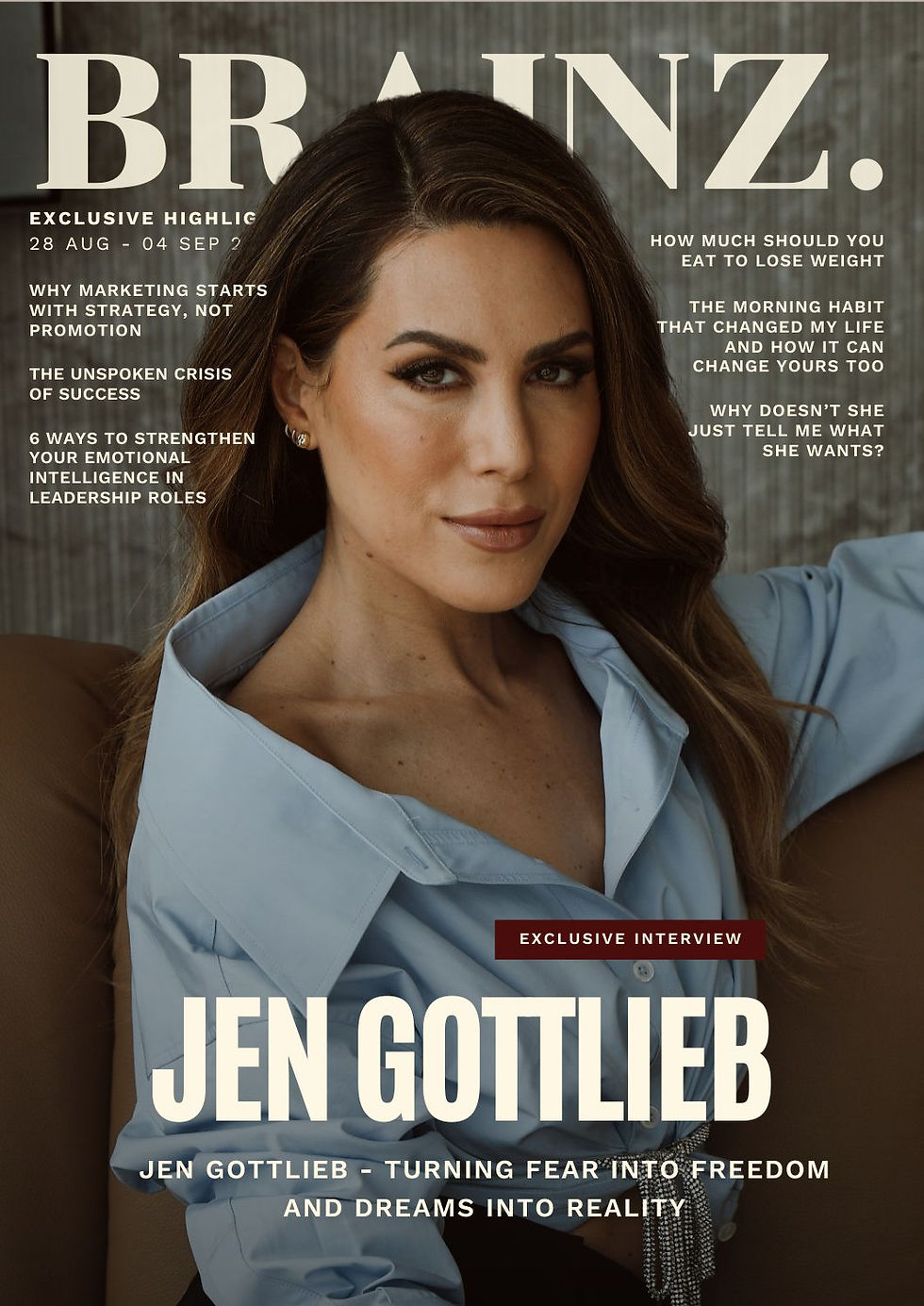Creating Generational Well-Being
- Brainz Magazine

- Sep 27, 2021
- 4 min read
Updated: Sep 28, 2021
Written by: Shimrit Nativ, Executive Contributor
Executive Contributors at Brainz Magazine are handpicked and invited to contribute because of their knowledge and valuable insight within their area of expertise.

Well-being is a natural state of being.
Nature provides us with all our needs, so we can grow from a seed to a human. We are born feeling worthy of care, nurture, and love.
Yet the majority of adults are stressed and not fully, or even at all happy.

According to the American Institute of Stress, 77% of people experience stress that affects their physical health. 33% of people report feeling extreme stress and 48% of people have trouble sleeping because of stress.
Why, and what does that really mean?
We are born into this world open to receive and have our needs met, as well as to learn countless new ideas, information, and functions like speaking our mother's tongue, chewing, walking, and tying shoelaces.
In the first years of life, our conscious mind is not dominant and it is still developing, while our subconscious mind is wide open to receive information from the environment and learn it as a skill or a habit.
Paradigms
When we were very young, up until about seven years old, our brain operated on Delta, and then Theta brainwaves. This is what enabled us to learn an endless amount of information, which turned into everything that we now know how to do subconsciously.
Over and over again we did those things until they were ingrained in us, and over and over again we also heard things and received information about ourselves and about life that was not necessarily true, and which eventually became our paradigm.
Since we are born into an environment where 77% of people are stressed, and that 70-80% of most people's thoughts are negative (according to a research conducted by the National Science Foundation) then as young children it profoundly impacted the paradigm and concepts of life on any level.
These concepts and perceptions were transferred to us by our environment, namely our parents and caregivers, and so did they learn it subconsciously as children, and so on... And so do our children (or so will our future generations).
If you want only the best for your child (or anyone else), you can only provide that by being happy and well yourself.
When you are calm, present, at ease, and relaxed with your children, you're providing that environment for them to learn this state as a skill and a habit.
Doesn't that just make sense?
Ask yourself:
Are you in the 77%?
On a scale, how much of your time are you unhappy, worried, tensed or tired?
Well-being is a skill. It is learned as such in the first years of our life, and it can be learned at any age, like any skill, by repetition and practice.
Just like any other skill, there are ways and techniques, tools and practices that by repetition develop and sustain the level of mastery, and enable generational well-being.
The paradigms that you've unconsciously and subconsciously learned in childhood are composed of frames of thoughts and beliefs. A belief is a thought that you keep thinking, it's a habit of thought. You want to be able to choose your level of thinking. This freedom of choice is a skill.
Paradigms show patterns. You think, feel and act in patterns.
A pattern is a kind of an addiction. We're addicted to our patterns of thinking, feeling and reacting, as well as to the conditions in our life. We are addicted to it because it is what we know, what we are used to.
The Process
Every thought has a circuit in the brain, and every feeling has a chemical reaction. We are biologically addicted to the chemicals that our thoughts and feelings are producing in our body.
But you are greater than your body. You have conscious awareness.You are truly free to choose your thoughts and focus. No one else could choose it for you.
This freedom of choice is a skill. You can change your habit of thought and the paradigm you've learned to think and live in. You can break through the addiction and create new circuits in your brain by repetition and practice, and you can be in the small percentage of people who feel consistent calm, confidence, and happiness.
And by doing this you impact everyone around you, starting with your loved ones, and so their level of well-being grows too. You can create the environment you really want to provide for your children and loved ones, and be an advocate for them, and for others.
How do we change what is in our subconscious mind?
The same way it was imprinted there in the first place, which is a combination of two things: repetition and dwelling in the level of the subconscious, meaning those brainwaves we were mostly operating in during our first years of life.
Meditation changes our brainwaves. When we meditate and relax biologically and naturally the brainwaves change.
And so this means, in other words, that we get “closer” to the subconscious.
By creating a habit of meditation and combining it with repetition of wanted thoughts, that over time and with this practice, replace the old thought frames and paradigms, you can break through cycles of pain and suffering, not only for yourself, but for generations to come.
Follow me on Facebook, Instagram, Linkedin, and visit my website for more info!

Shimrit Nativ, Executive Contributor Brainz Magazine
Shimrit Nativ is a leader and expert in human potential and transformation. She is the CEO of Master Your Path - a leading edge academy for emotional & mental well-being.
Shimrit has helped hundreds of driven and creative individuals across the globe create and sustain a consistent baseline of calm, confidence and fulfilment.
She helps high-performers tap into their limitless powers and make the emotional and conscious shifts necessary to create a life they love.






